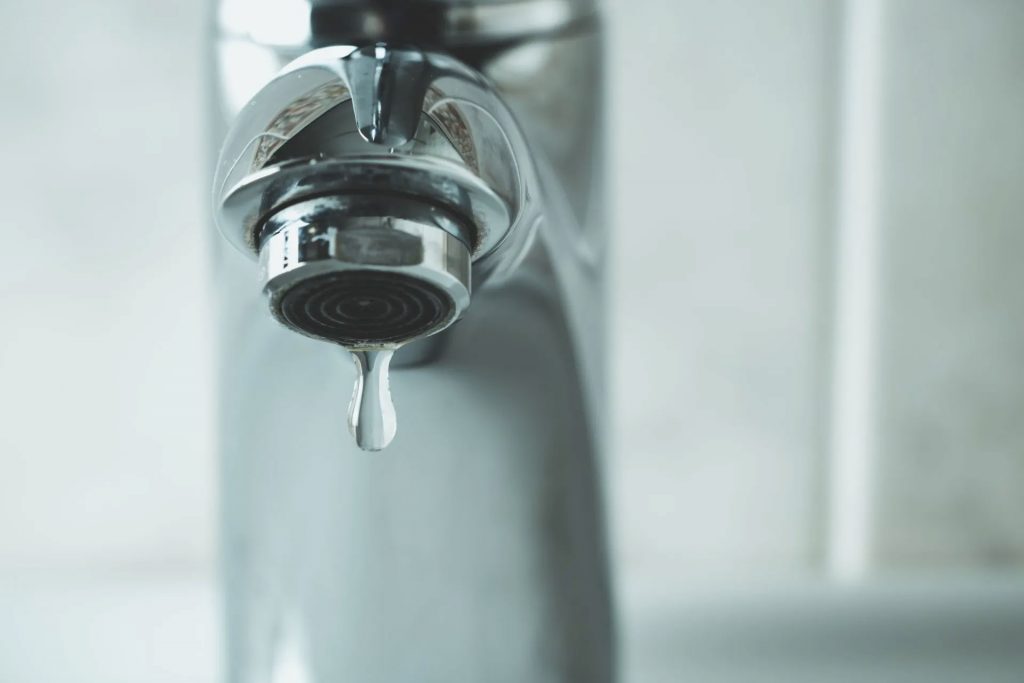An Complete Handbook to Solving Low Water Pressure in Your Home
An Complete Handbook to Solving Low Water Pressure in Your Home
Blog Article
Everyone seems to have their unique assumption about Dealing with Low Water Pressure in Your Home.

Low tide pressure in your home can be an aggravating issue, impacting every little thing from bathing to washing dishes. If you're experiencing weak water circulation, there are a number of feasible causes and solutions to check out. In this guide, we'll talk about usual reasons for low tide stress and functional steps to address the issue efficiently.
Introduction to Low Water Stress
Low water pressure happens when the flow of water from your taps, showers, and various other fixtures is weaker than common. This can make daily jobs more difficult and much less reliable. Comprehending the causes of low water pressure is vital to finding the best option.
Typical Reasons For Low Water Stress
Faulty Pressure Regulatory Authorities
Stress regulatory authorities are responsible for keeping regular water pressure in your house. If they malfunction, it can cause low water stress or unequal circulation throughout your home.
Local Water System Issues
Often, the issue exists outside your home. Community supply of water concerns, such as main line leakages or maintenance work, can briefly reduce water pressure in your area.
Pipe Obstructions
Gradually, pipelines can become blocked with mineral deposits, sediment, or debris, restricting the circulation of water. This is a typical issue in older homes with galvanized steel pipelines.
Corrosion
Rust within pipes can cause leaks and decreased water stress. Corrosion accumulation can restrict water flow, particularly in maturing plumbing systems.
Just How to Diagnose Low Water Stress
Evaluating Pipelines
Evaluate visible pipes for indications of leakages, corrosion, or clogs. Take notice of any unusual audios, such as knocking or rattling pipelines, which could indicate problems within the plumbing system.
Consulting with a Plumber
If you're incapable to determine the root cause of low tide pressure, think about working with a professional plumber to conduct a comprehensive evaluation. They can identify underlying concerns and suggest suitable options.
Examining Taps and Fixtures
Start by checking the water pressure at various faucets and components throughout your home. If the problem is isolated to specific areas, it may show localized troubles.
DIY Solutions to Deal With Low Water Stress
Flushing Water Heater
Debris build-up in the water heater can restrict circulation and reduce effectiveness. Purging the tank regularly aids get rid of debris and preserve optimal efficiency.
Examining Stress Regulator
Make sure that the pressure regulator is operating correctly. Adjusting or replacing the regulatory authority can help restore proper water stress throughout your home.
Cleansing Aerators and Showerheads
Natural resources can gather in aerators and showerheads, reducing water circulation. Eliminate and clean these components on a regular basis to boost water pressure.
Clearing Up Clogs in Piping
For minor obstructions, try making use of a plumbing snake or chemical drain cleaner to clear blockages in pipelines. Be cautious when utilizing chemicals and adhere to security guidelines.
When to Call a Specialist Plumber
If do it yourself initiatives stop working to settle the concern or if you suspect significant plumbing issues, it's finest to seek support from a licensed plumber. They have the knowledge and devices to resolve intricate concerns securely and properly.
Safety Nets to Preserve Water Stress
Installing a Stress Booster
Think about setting up a stress booster pump to enhance water stress in areas with consistently low flow. This can be specifically valuable for multi-story homes or buildings with high-demand fixtures.
Tracking Water Use
Bear in mind water use routines and stay clear of ill-using the plumbing system. Easy modifications, such as incredible showers and washing loads, can aid keep adequate water pressure.
Routine Maintenance
Schedule regular upkeep for your plumbing system to avoid issues such as corrosion, leakages, and blockages. Attending to small troubles early can assist stay clear of more significant repairs later.
Verdict
Handling low tide stress can be irritating, but determining the underlying reasons and implementing ideal services can bring back optimum circulation throughout your home. Whether it's cleansing aerators, examining pipes, or seeking advice from a plumber, taking proactive steps can make sure a steady supply of water for your daily requirements.
HOW TO FIX LOW WATER PRESSURE IN YOUR HOUSE (EXPERT GUIDE)
The morning shower lacking any real pressure? Bathtub taking hours to fill? Or maybe you’re dissatisfied with the inadequate performance from your combi boiler?
Then you, like millions of others across the UK, might be experiencing low water pressure.
Fortunately, the good news is that you don’t have to continue living this way. The cause of low water pressure in the home is often quite simple, and you may not even require a plumber to fix the problem.
What causes low water pressure in the house?
If you are experiencing issues with water pressure throughout your home, then you may have one of the problems outlined below.
Most of these problems can be fixed quite easily, but for others, you may need to contact a plumber.
Obstructed Shutoff Valve
If you’ve just bought a new home or recently had building work conducted on your property, there is a chance that your water valves were not fully opened.
If the water valve is partially closed, then you may be restricting the amount of water entering your home. To fix this, simply ensure the valve is fully open.
If the valve appears fully open but you are still encountering reduced water pressure, then the valve may be broken. If this is the case, do not under any circumstances try to fix it without proper training.
Often found under your kitchen sink, a water valve will usually look like a bright yellow handle.
Again, if you believe the water valve is broken, contact a plumber immediately.
Leaks in Your Water Pipes
Leaks are the worst-case scenario when it comes to low water pressure.
If the water pipes are damaged, then this will cause low water pressure, as not all the water will make it to your taps.
After you’ve checked to see if the valve is fully open, you can conduct a leak check of your home. Now, this may seem scary, but it is actually quite simple.
Clogged Water Pipes
Clogged water pipes are one of the most common causes of low water pressure.
These clogs usually build-up when your home is supplied water via iron pipes. Iron is particularly vulnerable to rusting which can then break off and cause an obstruction within your system. You also face the problem of things like dirt, gravel or sand entering creating mineral deposits which further block water flowing from the mains water supply.
Unfortunately, if you suspect that clogged pipes may be restricting your water supply, then you will need to contact a plumber.
In this situation, you will either need to have your pipes removed and cleaned or in more severe cases, you could require a new set of water pipes.
Designer Taps
Designer taps look fantastic, but are they built to be efficient in your plumbing system? Modern taps are built for modern homes and they often have lower flow rates that are specifically designed for use within high-pressure systems.
Install a Water Pressure Booster Pump
If the issue is simply that the mains water pressure supply is too low, the simplest fix is to invest in a booster pump. Found in homes of all shapes and sizes, booster pumps are a relatively cheap option to add extra pressure to your home.
Designed to increase water pressure by passing water into the pump from your mains supply and then ejecting it into your home water system at a higher pressure, a booster pump is a truly simple and effective solution to increasing water pressure.
https://www.anchorpumps.com/blog/the-plumbers-guide-to-fixing-low-water-pressure/

We hope you liked our part about 10 Reasons for Low Water Pressure in Your House. Thanks for taking the time to read our blog. If you enjoyed reading our post please do not forget to share it. Thanks for going through it.
Call Report this page